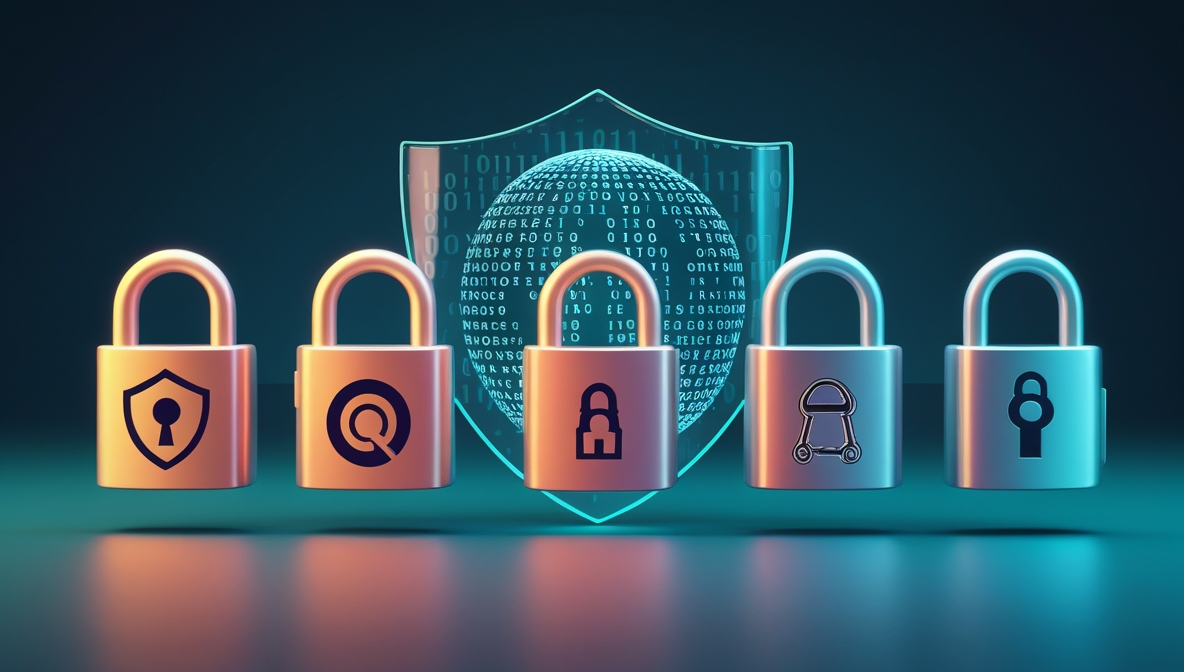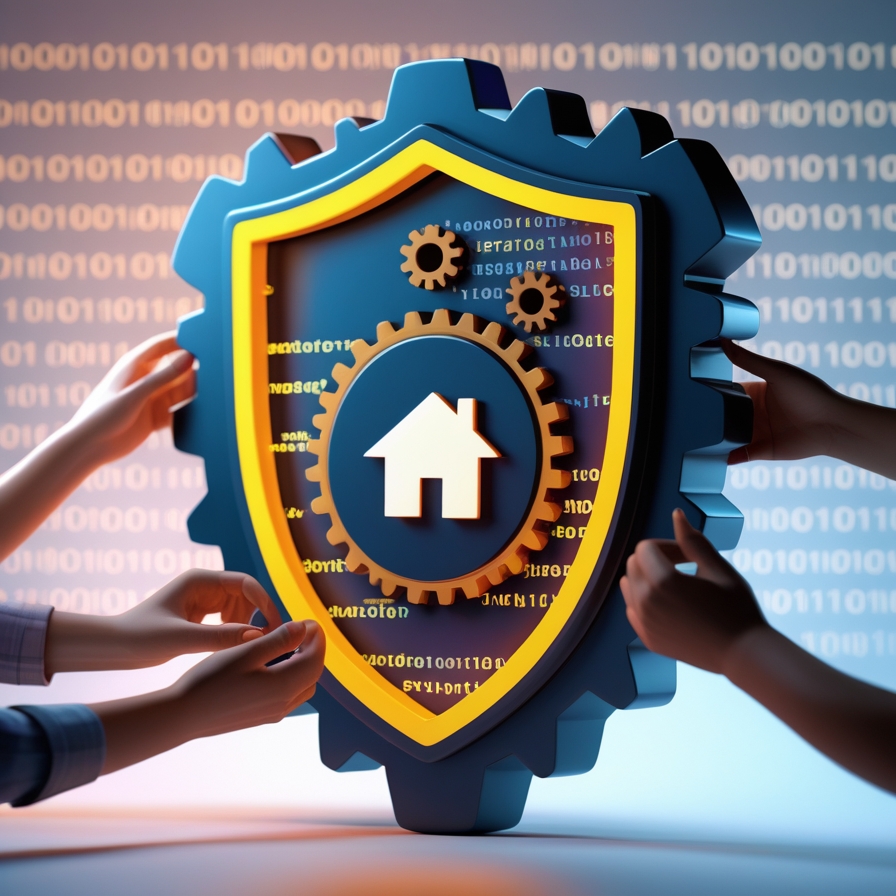In today’s hyper-connected digital world, identity theft online has emerged as one of the most alarming cyber threats. With personal data stored across countless platforms—from banking to social media—the risks of unauthorized access, data breaches, and identity fraud are at an all-time high. Understanding the dangers and how to protect oneself is no longer optional; it’s a necessity.
What is Online Identity Theft?
Online identity theft refers to the illegal acquisition and use of someone's personal information through digital means. This could include Social Security numbers, credit card information, login credentials, email addresses, and other sensitive data. Cybercriminals use this information to impersonate victims, commit fraud, or sell it on the dark web.
Common Methods Used by Cybercriminals
Understanding the tools and tactics used by cybercriminals helps us better defend against them. Below are some of the most common techniques:
Phishing Attacks
Phishing is one of the most prevalent forms of cyber deception. Attackers pose as legitimate entities—banks, service providers, even government agencies—to trick individuals into revealing personal information. These attacks are often disguised as urgent emails, fake websites, or text messages.
Data Breaches
Hackers target databases containing vast amounts of user information. When successful, these breaches expose millions of personal records. Even companies with strong security protocols can fall victim, making the breach of trust and data a significant concern.
Malware and Spyware
Malicious software, including keyloggers and spyware, can be secretly installed on devices through infected downloads or unsecured websites. Once installed, these programs monitor user activity, steal passwords, and capture personal data without consent.
Social Engineering
Cybercriminals often manipulate people into revealing confidential information. This tactic relies more on psychological manipulation than on technical hacking, making it difficult to detect and defend against.
Public Wi-Fi Exploits
Using unsecured public Wi-Fi networks can open the door to man-in-the-middle attacks. Hackers intercept data transmitted over these networks, gaining access to emails, banking information, and login credentials.
Consequences of Identity Theft
The repercussions of online identity theft extend far beyond mere inconvenience. They can be devastating financially, emotionally, and legally.
Financial Loss
Victims of identity theft often face unauthorized purchases, emptied bank accounts, and fraudulent loans taken out in their names. Recovering these losses can take months, if not years.
Credit Damage
Criminals can wreak havoc on a victim’s credit score by opening credit lines, missing payments, or maxing out cards. Rebuilding credit history after such incidents can be a long and difficult process.
Legal Complications
Victims may be falsely implicated in criminal activities, requiring legal intervention to clear their names. In some extreme cases, people have been wrongfully arrested due to identity fraud.
Emotional and Psychological Impact
The stress of dealing with identity theft often leads to anxiety, loss of trust, and even depression. The feeling of vulnerability and violation can linger long after the technical issues have been resolved.
Who is Most at Risk?
Although anyone can fall victim, certain groups are more vulnerable:
-
Senior Citizens: Often targeted due to less familiarity with digital security.
-
Children and Teenagers: Easy targets as their credit histories are clean and unmonitored.
-
Online Shoppers: Frequent online transactions increase exposure.
-
Remote Workers: Use of personal devices and networks for work poses added risks.
How to Protect Yourself from Online Identity Theft
Use Strong, Unique Passwords
Never reuse passwords across accounts. Use a combination of letters, numbers, and special characters. Consider using a reputable password manager to store and generate secure passwords.
Enable Two-Factor Authentication (2FA)
Adding a second layer of protection ensures that even if a password is compromised, the attacker still cannot access the account without the second authentication method.
Monitor Financial Statements Regularly
Frequently check bank, credit card, and credit union statements for any unauthorized activity. Early detection is key to minimizing damage.
Check Your Credit Report
Regularly monitor your credit report from agencies like Equifax, Experian, and TransUnion. Look for unfamiliar accounts or inquiries and report them immediately.
Avoid Public Wi-Fi for Sensitive Transactions
Never conduct banking, shopping, or other sensitive tasks over public Wi-Fi. Use a VPN (Virtual Private Network) to encrypt your internet connection when necessary.
Be Skeptical of Unexpected Communications
Always question unexpected emails, calls, or texts asking for personal information. Legitimate institutions will never request sensitive details in insecure ways.
Install and Update Antivirus Software
Keep your antivirus and anti-malware software up to date. This adds a layer of defense against malicious attacks aiming to compromise your device.
Educate Yourself and Others
Stay informed about the latest scams and share this knowledge with family and friends. Awareness is one of the best defenses against cybercrime.
What to Do If You're a Victim of Identity Theft
If you suspect or confirm identity theft, immediate action is crucial:
-
Contact Your Financial Institutions – Freeze or close compromised accounts.
-
Report to the Authorities – Notify local law enforcement and file a report with the Federal Trade Commission (FTC).
-
Place Fraud Alerts and Credit Freezes – Alert credit bureaus to prevent new accounts from being opened in your name.
-
Document Everything – Keep records of all correspondence and reports for future reference.
-
Change All Affected Passwords – Secure your accounts by updating all login credentials.
The Future of Identity Protection
With the evolution of technology, biometrics, blockchain, and AI-based security are emerging as promising solutions. However, the human factor remains the weakest link. Continuous education, vigilance, and adoption of best practices are essential in safeguarding our digital identities.
In conclusion, the dangers of identity theft online are both real and growing. With cybercriminals becoming increasingly sophisticated, proactive defense is the only effective strategy. By understanding the risks, implementing best practices, and staying vigilant, individuals and businesses can significantly reduce their exposure to identity theft.




